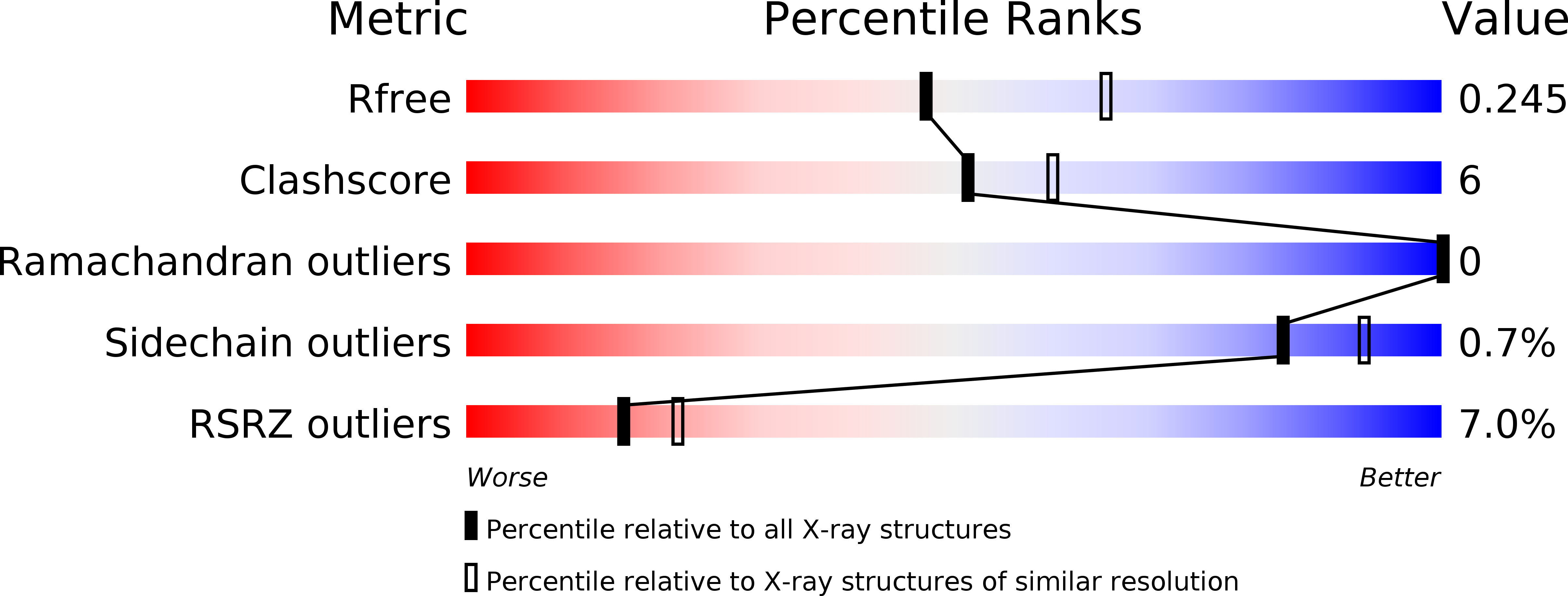
Deposition Date
2018-03-17
Release Date
2019-03-20
Last Version Date
2024-03-13
Entry Detail
PDB ID:
6CRH
Keywords:
Title:
Structure of human DNA polymerase beta complexed with 8-ClG in the template base paired with incoming non-hydrolyzable GTP
Biological Source:
Source Organism:
Homo sapiens (Taxon ID: 9606)
Host Organism:
Method Details:
Experimental Method:
Resolution:
2.33 Å
R-Value Free:
0.24
R-Value Work:
0.19
R-Value Observed:
0.19
Space Group:
P 1 21 1


